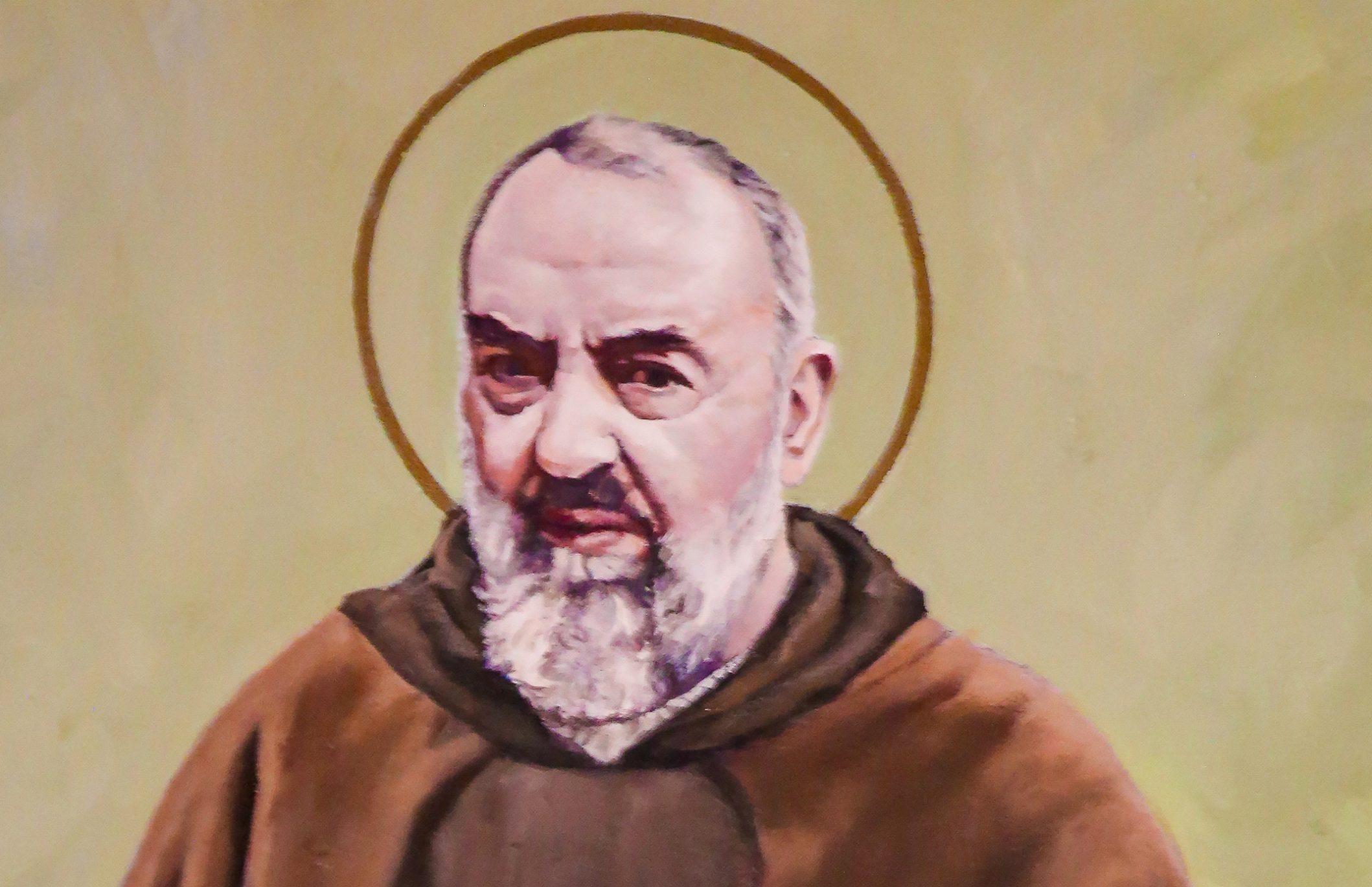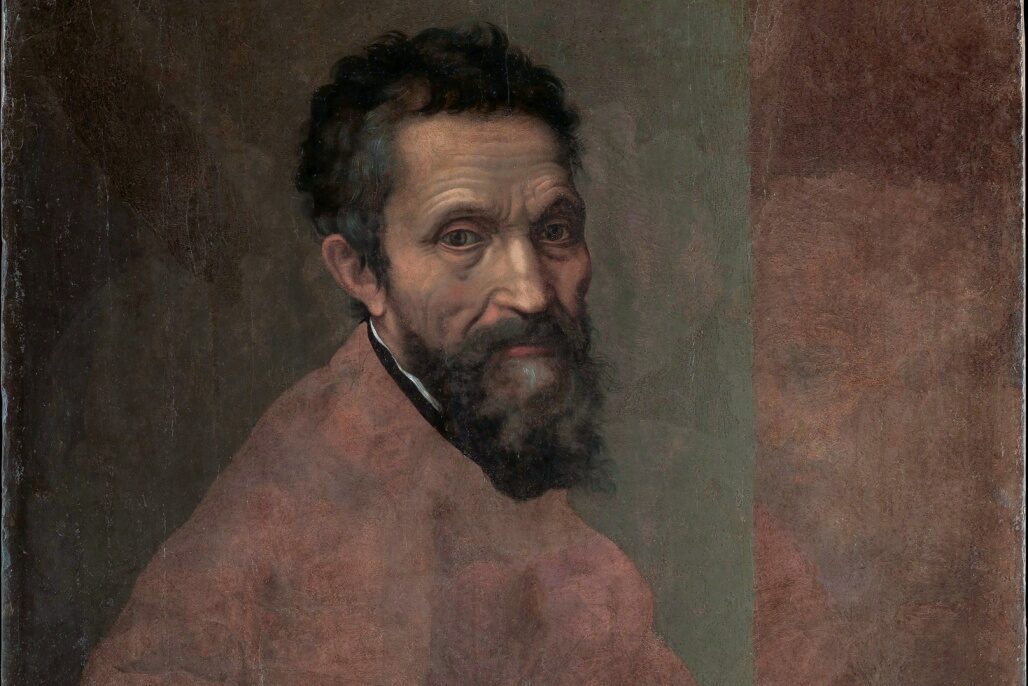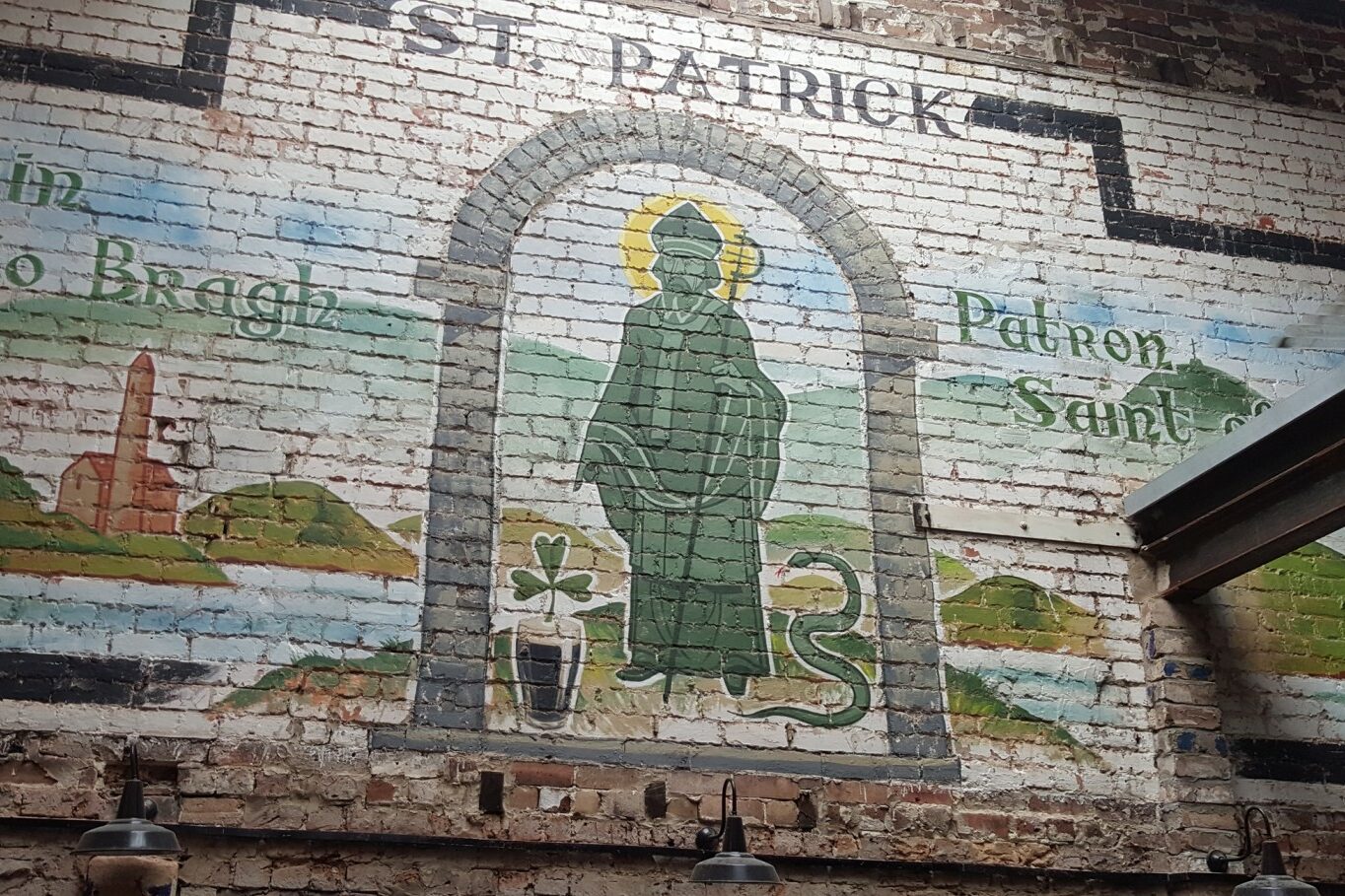Dear Readers,
A September selection of Italian Connections for you:
United States Postage Stamps with an Italian connection, are the focus of Gerardo Perrotta’s newly published book Phila-Italy Americana, Italian Themes on United States Postage Stamps, in hardcover, softcover, E-book from Xlibris Corporation 1-888-795-4274 or www.Xlibris.com. You can also order from Amazon.com if you are in a hurry. I first ordered the book in softcover then decided it was a keeper and ordered another in hardcover from Amazon.
I rejoiced as I read the “abbondanza” of U.S. postage stamps with an “Italian connection” that author Gerardo Perrotta and his diligent research had “discovered”. Although I am not a member of the American Philatelic Society (founded in 1886 and the largest non-profit stamp collecting organization of philately in the world) I have had mini stamp and postcard collections, ever since I learned how to read in grammar school, well over a half-century ago.
The author Gerardo Perrotta, grew up in San Francesco di Paola’s hometown. Growing up in Paola (regione di Calabria), Italy, the author remembers the airmail postage stamps he saw on letters from his father and other relatives living in the United States. Then coming to America, he saw the landlord’s stamp collection and developed an interest in creating his own. The thought to write about his heritage through the imagery of stamps became very appealing as he was nearing retirement. The author is now retired from the University of Cincinnati Medical Center where he worked many years within the Department of Pathology and Laboratory Medicine.
He was also the Pathology Education Programs Coordinator and an instructor of laboratory management practices to residents and fellows at the Medical Center. Signor Perrotta also cohosted the Italia Ieri e Oggi radio program on WAIF, volunteer radio for many years and besides philately, enjoys teaching Italian to adults, music and Calabrian history. Gerardo Perrotta and his wife, Maria Teresa, reside in Cincinnati, Ohio and have four children and three granddaughters. His book Phila-Italy Americana is clearly a labor of love and I LOVED it!
***
St. Padre Pio is honored in mid-September by Associazioni Pugliesi throughout the United States and Canada and locally the Santo Padre Pio Society, officers, committees and President Maria Bruno, recently invited the Italian community to participate in the celebration of a feast to honor Saint Padre Pio, that began with a Mass held at St. Peter’s Italian Church (1039 No. Broadway, Los Angeles, CA), followed by a procession and Dinner Dance at Casa Italiana.
Let me remind readers to order the book Padre Pio and America, by Frank Rega, published by Tan Books now in case you procrastinated back in 2006 when it was “hot off the press” and mentioned by your “Italian Connection”. It is available from Amazon.com and Tan Books, 1-800-437-5876.
Padre Pio and America, first titled Holy Man on the Mountain, has a fresh focus; the American connection to Padre Pio. Grazio Forgione, Padre Pio’s father, had immigrated to the US as a young man, working as a laborer in “Brook-u-lino” and Pennsylvania to earn money for his son’s education. In San Giovanni Rotondo, Grazio was affectionately known as “No No”, an Americanization of the Italian word Nonno, “Grandfather” and also zi Grazio, uncle.
The digging began in May 1947 for the institution that would be known as Casa Sollievo della Sofferenza (the House for the Relief of Suffering), although funds were meager. Padre Pio’s faith in Providence was answered in a remarkable way, via an act of Congress. Barbara Ward, a British journalist on assignment in Italy, had a fiancé who was the deputy director of UNRRA (United Nations Relief and Rehabilitation Administration), an organization set up to aid the recovery of war torn Europe, especially the restoration of health services.
Miss Ward had met Padre Pio and Dr. Sanguinetti, who had explained the importance of building the hospital in the cooler climate of the mountain instead of in a sun-baked large city. She had also asked for and received a spiritual favor from Padre Pio. Overjoyed, she enlisted the help of her fiancé to obtain a four hundred million Lire grant from UNRRA for the construction of the Casa. The grant would be in memory of the late Fiorello La Guardia, former mayor of New York City, and former Director General of UNRRHA.
Appropriately, La Guardia’s family was originally from Foggia. The proposal was also actively supported by La Guardia’s widow. Since the United States was the primary source for UNRRA funds, the proposal was presented to the U.S. Congress, which gave its approval on June 21, 1948.
A great part of the donations for the hospital were from Americans, and one gift in particular touched Padre Pio deeply. Mario Gambino, a poor maintenance worker at Hunter College in New York City, sent in five dollars. A few days later, he mailed another donation of ten dollars, one for each of his ten children. This inspired Padre Pio to begin a fund for the poor, who could not afford to pay for their stay at the hospital. It became known as the “Mario Gambino Fund”.
Another American, “The American Lady” Adelia Mary Pyle, was born into one of the wealthiest families of New York. Her father, James Pyle, began by manufacturing “Pyles Pearline” a granulated soap. Her mother, Frances Adelaide McAlpin, was the daughter of David McAlpin, a rich man who had made his fortune in tobacco and real estate, that included the Hotel McAlpin. Mary Pyle, born on April 17, 1888, lived with her sister and four brothers at 673 Fifth Ave., in a big house with a staff of eight servants. Her mother Adelaide spoke several languages and promoted the teaching of foreign languages in New York schools. She was said to have founded the first nursery school in the United States, the Montessori Education Foundation, based on the educational theories of Maria Montessori. Following a visit to the Pyle home, Dr. Montessori impressed by Adelia’s eldest daughter’s fluency in Italian, Spanish and German invited her to become her interpreter and traveling companion and thus it was that in the early 1920’s, Mary Pyle, together with her employer Maria Montessori, made the journey to San Giovanni Rotondo. After being employed by Dr. Montessori for nearly 10 years, Mary Pyle decided to quit so that she could move permanently to San Giovanni Rotondo.
Her mother Adelaide, finally resigned to Mary’s new way of life, began to make annual visits to San Giovanni and restored Mary’s annual allowance of $6,000 a year, which in the 1920’s was an immense amount in poverty stricken southern Italy. Mary hired a local architect and by 1927, Mary’s pink Palazzo was completed. During the war, many American GI’s, stationed at the large Air Force base nearby were recipients of her hospitality and her kitchen table was often packed with soldiers at meal times.
Closer to home was the late Charles Mandina, a good friend of Padre Pio who lived in Southern California. English speaking pilgrims wishing to talk to the Padre often came to Charles Mandina first, and when possible, he would bring them to the Saint and act as an interpreter. At certain times he could smell the supernatural perfume of flowers associated with Padre Pio and his stigmata. Since 1968 Charles assisted in the formation of Padre Pio prayer groups, fourteen in the Los Angeles area, and three in Mexico, two are in Mexico City.
Charles also helped start groups in Oregon, New York, Hawaii, the Philippines, and a new prayer group in West Covina, California.
In the 1960’s it was mostly returning W.W.II American War Veterans who had served in Southern Italy and Italian Americans with Pugliesi and Southern Italian roots who knew about Padre Pio, because someone, among their family or friends had actually met him. Charles began his prayer group ministry as the result of his personal friendship with Padre Pio, who inspired him to undertake this important mission. Charles Mandina’s visits to San Giovanni Rotondo began in the early 1960’s and he would remain there for two or three weeks at a time.
Then, in 1966, Padre Pio asked him to stay longer and help in assisting the English speaking pilgrims who were flocking to the monastery. Charles spent the next six months working in the Friary and was privileged to see Padre Pio every day and attend his morning Mass. In appreciation for the generosity and support of the Americans, to this day the United States flag flies next to the flag of Italy along the roof of the hospital, where the flags of all the nations that contributed to the Casa are displayed.































